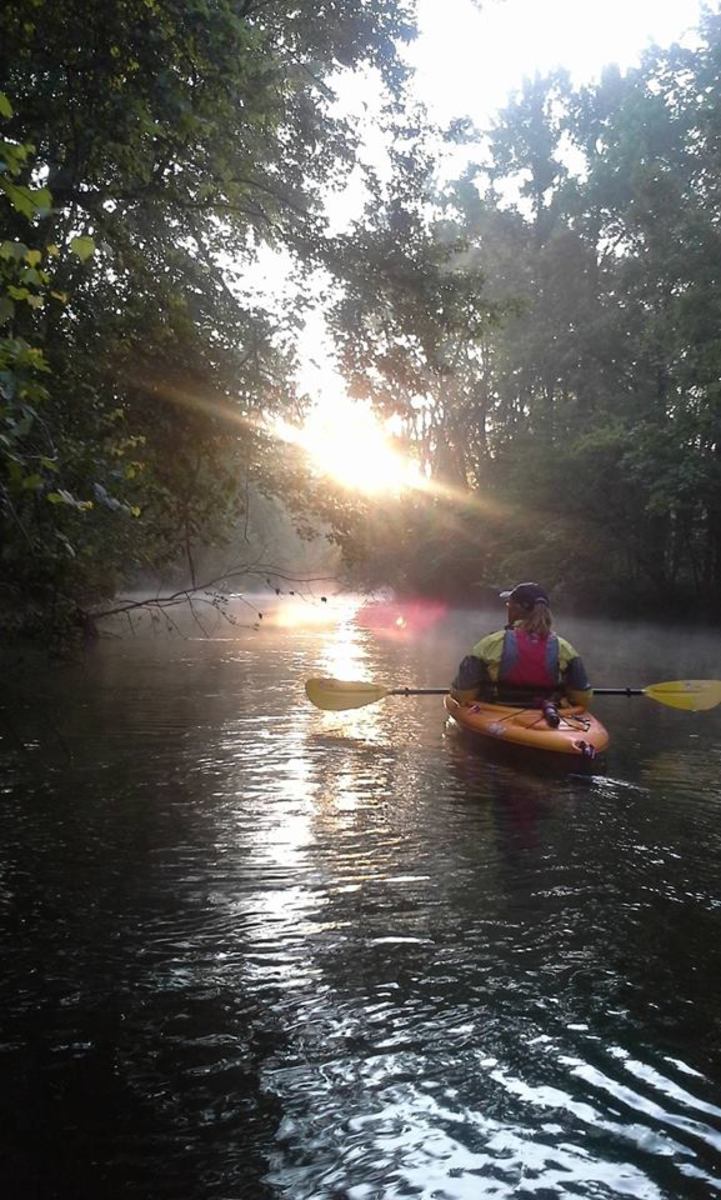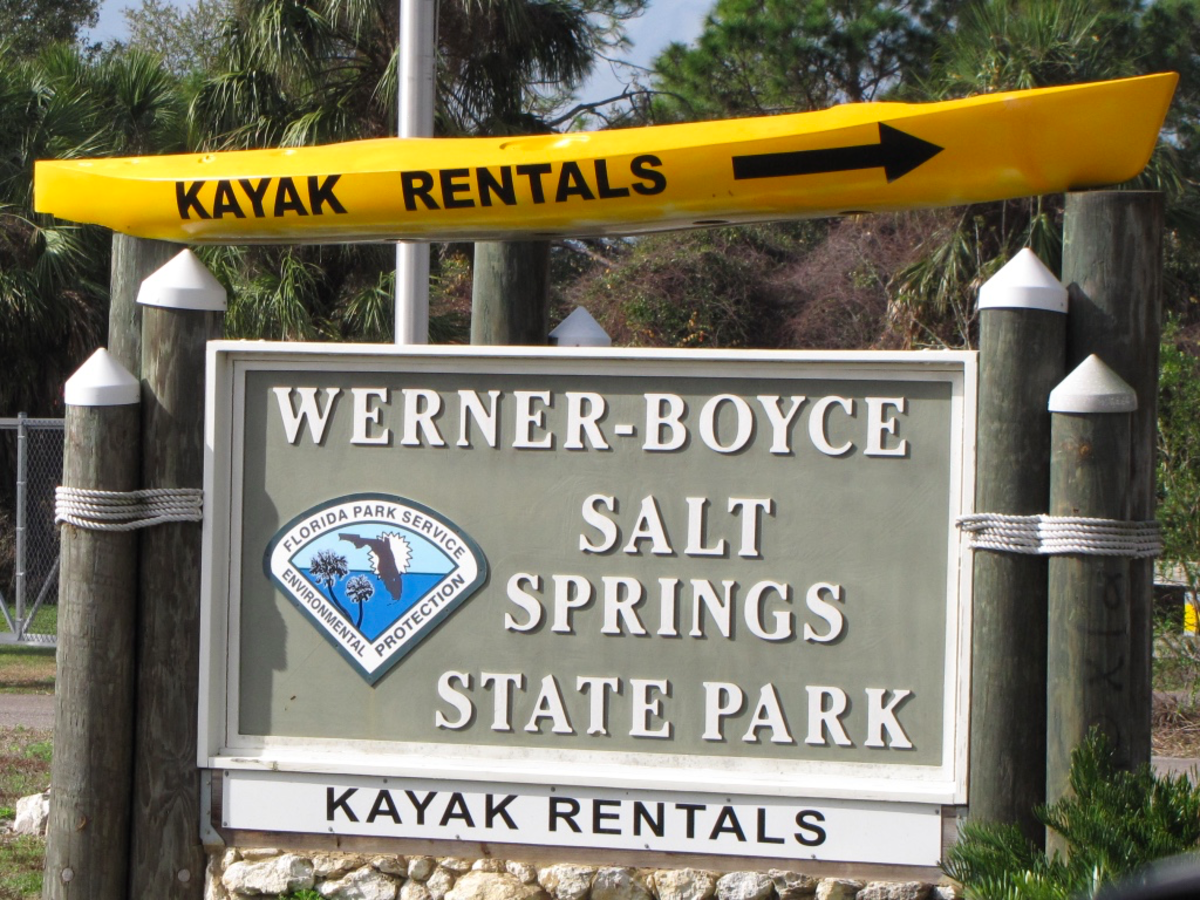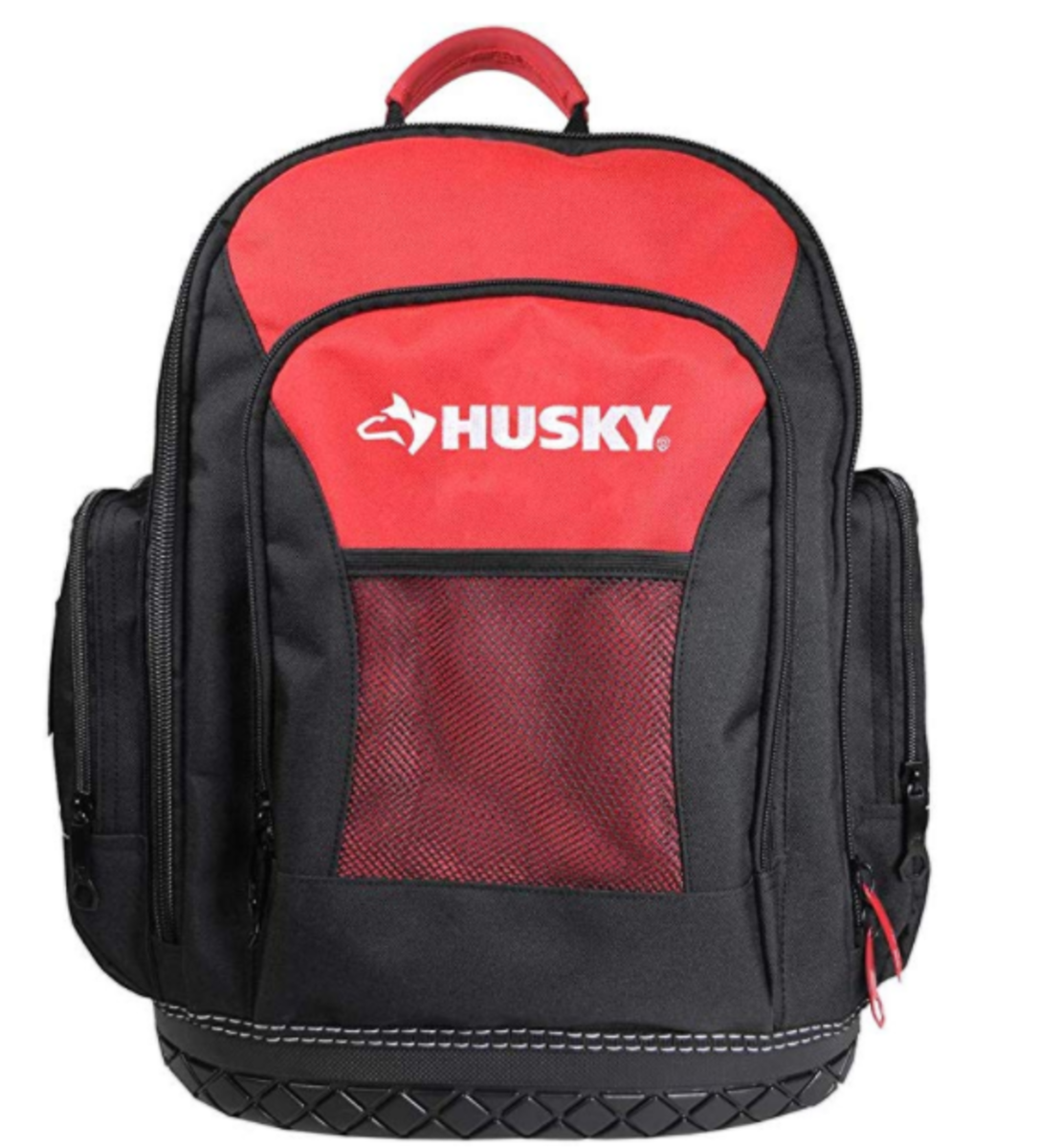Kayaking - Starting out - Safety on the Water
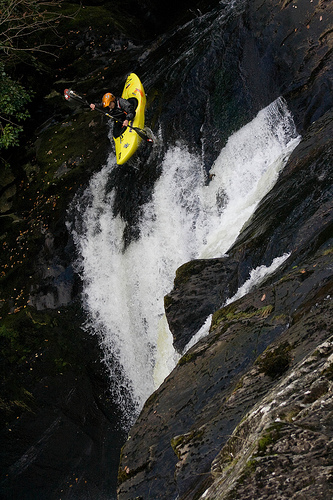
Stay Safe - Enjoy Kayaking For Longer
Kayaking is an awesome sport but comes with an element of danger, especially once you take the step to moving water. So it is important to be prepared and know how to deal with situations when they occur. The intention of this article is not to deal with any specific paddling discipline, but provide general advice for staying safe whilst kayaking. And so it covers only the basics of kayaking safety. If you wish to learn more about staying safe and ensuring the safety of others then there's plenty of information to be found through books and the internet but the only real way to learn and be confident in it, is by doing it (learning under supervision to begin with) and there are various courses available, depending on your country of residence, which will teach you numerous safety and rescue guidelines and techniques which will enable you to continue to enjoy the sport whilst keeping yourself and others safe!
Before You Go
If you are just starting out in the sport, perhaps the most important thing you can do is to kayak with an experienced kayaker. In fact you should never really go kayaking on your own, if anything were to happen and you were unable to rescue yourself then obviously there is no guarantee that anyone else will be around to rescue you, or even know how to. Three is an ideal number of people to have in a group. But make sure there is at least one other person going with you.
In addition, you should always tell someone who is not going out kayaking with you, where you are going, and roughly what time you will be back.
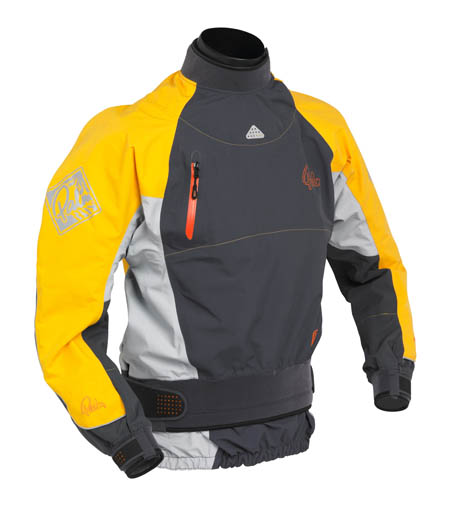
"What Do I Need?"
In addition to the obvious items of gear needed to go kayaking, i.e. a kayak and a paddle, there are a number of other considerations:
Dressing Appropriately
Base Layer - This is the layer next to your skin, should ideally be made from a wicking fabric that takes moisture away from your skin. Generally rash vests are used here. Avoid cotton as a base layer, if you get into a situation where your clothes are wet, e.g. from a capsize and the conditions are cold, the cotton will not dry very well, and you will lose body heat quickly, severely increasing your chances of hypothermia!
Wetsuit or Drysuit - There are many debates which is best and in what situation, so I won't go into that now. But here is one such discussion that's worth a read for those new to the sport (http://www.kayakingjournal.com/wet-suit.html).
As far as wetsuits go, generally speaking a 3/2mm wetsuit is suitable for the majority of conditions. You can also get 5mm thickness ones for colder climbs, although wetsuits don't provide much thermal benefit on their own when they're dry. Which is why a dry cag top tends to work better as a wind breaker and if you have a wetsuit underneath then you're good even if you bail.
There are a few wetsuit options:
Standard: Full legs and sleeves, full coverage.
Shorty: Short sleeves, short legs - Personally I find these the least comfortable but might be good for a warmer paddle
Longjohn: Full legs but sleeveless - Provides full movement, best flexibility especially for paddling as there's no sleeves to restrict any movement which is nice for long trips.
Mid-Layers - If it is particularly cold there is nothing wrong with wearing multiple mid-layers such as fleeces, underneath you're outer layer. If you are wearing a wetsuit with a windproof/semi dry or dry cag on top then wear fleeces underneath your cag but obviously above the wetsuit.
Sun cream - The water will reflect the Sun and increase the risk of things such as skin cancer, it is important to consider that you are much more likely to be more affected in areas that you may not normally pay as much attention to when applying sun cream due to the Sun's rays being reflected up from beneath you (e.g. on your neck and under your chin) so be sure to apply sun cream to any exposed skin, and make sure your lips are also protected. Remember you are getting wet and you will need to reapply sun cream more often (even if it says waterproof!). Consider every hour or two if you are out for a while.
Sunglasses - Again Sun reflecting of the water not only can make it hard to see but can be damaging to your eyes!
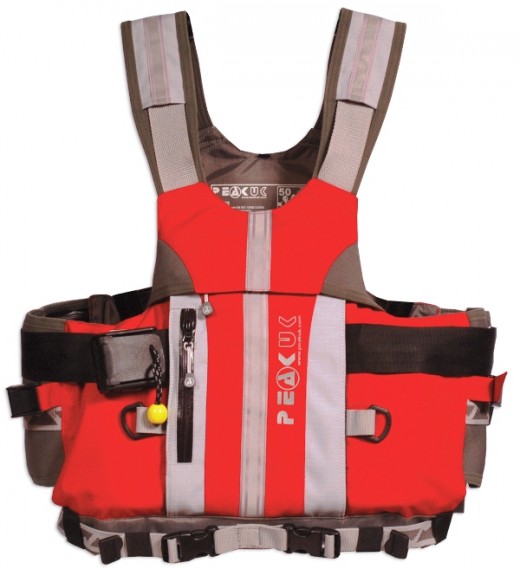
Basic Safety Gear
(As you progress in the sport/choose a specific discipline, things will be added to this list)
Buoyancy Aid/PFD - You should NEVER go kayaking without wearing one of these and ensuring it is fitted correctly. Ensure the straps are tightened securely. Lift it up gently with your arms over your head, the buoyancy aid should not ride over your face, if it does you have not tightened the straps sufficiently or it is too large. When choosing a buoyancy aid get the advice of a professional to make sure you get the correct size. Make sure it is suitable for the type of paddling you are doing (i.e. river, sea, etc.)
Check out the Onyx PFDs for Kayaking on Amazon below, they're very reasonably priced and make a great entry level PFD. They fit well, are comfortable, and have good ventilation. One thing to note is they don't have any thick material low on the back, this means that your kayak won't make it ride up your back when you're sitting in it, this can be a very useful feature in some set ups. I recommend going with a bright color of course!
Means of Communication - This may be a mobile or perhaps a VHF radio if you're out at sea for example, just make sure you have a reliable way to get in contact with either your "shore contact" or the emergency services. If it's a mobile, make sure that it is either waterproof or is inside of a sealed waterproof bag/container, and have it inside your buoyancy aid pocket rather than in your boat, in case you become separated from your boat.
Spray Deck/Spray Skirt - This is normally considered an essential piece of gear for kayaking, as without it, it is possible for your kayak to become flooded. However young children often do not use these when learning on flat and sheltered water, partly due to them not being made to fit, but also because they must be confident in pulling the spray deck off the kayak if they capsize, so they can escape the kayak whilst upside down in the water. The topic of learning without a spray deck is expanded on later.
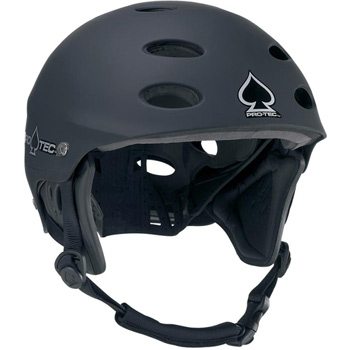
Helmet - This is not always an essential piece of kit, however when hazards such as rocks, even low trees, and similar things are present, such as in whitewater then it is a must! Most sea kayakers tend not to wear a helmet, though it is good practice to take one in your hatch if you have space...just in case! And on flat, sheltered and sufficiently deep enough water it is not always necessary. Just bear in mind that in relatively shallow water (e.g. an estuary) there are rocks and nasty things on the bed and if you find yourself upside down with your boat then this will protect you from that too!
Summary: Not always essential (depending on environment) but get one anyway!
First Aid Kit - Make sure it is waterproof/in a dry bag. Store in your buoyancy aid if possible as if you are parted with your kayak you will still have access to it. And normally if you have been parted with your kayak, something has gone wrong anyway and you're much more likely to need it.
Whistle - In case you get into trouble and need to draw attention to yourself or your group.
Other considerations
It is also a good idea for people in your group to have and know how to use the following:
(As you progress on to more intermediate/advanced kayaking, going onto moving water, these things are pretty much essential)
Group shelter and/or personal shelters - Bivy bags, for example are a great form of emergency personal shelters, but also consider group shelters as they have the additional benefits of not only keeping a whole group together (can also be good for morale) in case of an emergency or people just starting to get a bit cold, they also warm up quickly by trapping the combined heat produced by the inhabitants' bodies.
Tow Line - In case someone has become incapacitated and is unable to paddle. This may only be because they are too tired or exhausted to do so, but if you have no choice but to continue paddling for a bit then setting up a tow may be necessary . Be sure to have the correct type of tow line, sea/touring tow lines are different to river tow lines.
Knife - If ropes are involved then you should ALWAYS carry a knife, in case of entanglement, as that could result in escalating the situation, so you need to be able to cut any rope which is causing a problem. Watersports knives are available, which have blunt tips and serrated edges which are ideal for kayaking. Also consider whether you want a folding knife which can go in the pocket of your buoyancy aid or a sheath knife attached to the outside of your buoyancy aid, the latter is normally quicker to access, but some people prefer a folding knife.
Air Bags/Buoyancy Bags - These are inflatable 'bags' that you put inside the kayak behind the seat and then you blow them up, not only do they give the boat more buoyancy but prevent the entire hull being filled with water, making it much easier to rescue.
More discipline specific gear is beyond the scope of this article, although this list gives you a fairly good idea of the types of things you might be carrying
Safety On The Water
Putting On A Spray Deck
IMPORTANT: Ensure you leave the grab loop visible and not tucked in under the spray deck itself. You need to be able to easily grab this whilst upside down to pull the spray deck off the kayak during a wet exit (explained below).
If you are unsure how to put a spray deck on correctly, both on you and over the cockpit of the kayak then the following video will show you how!
Know How To Wet Exit
One of the first things you should learn is how to get out of your kayak if you capsize, this includes knowing how to pull the spray deck (or spray skirt) off of the kayak, this is called a wet exit. But don't worry, it's a piece of cake, you just need to know how to do it and be confident beforehand.
If you are really not confident in doing this, then it is OK on flat and sheltered water not to use a spray deck and just know how to exit the kayak if you do capsize. Though if you want to progress, e.g. onto whitewater, you will need to become comfortable wearing a spray deck and knowing how to escape a kayak whilst wearing one. Best to get someone to show you and then practice on land if you are really not sure, and then maybe intentionally capsize a few times to practice wet exiting with a spray deck whilst being supervised by an experienced kayaker who knows how to rescue you if you can't 'pop your deck'. If you really don't like the idea of being enclosed in the kayak, then open canoeing might be more for you...
Some of you may be thinking now: "Yeah, but why would I want to get out of my kayak, why can't I just roll up like the cool people do." Well, firstly even when you do learn to roll, then you'll still need to know how to get out of your kayak, it may not even be possible to roll back up for one reason or another, so you'll have no option but to take a swim, so you may as well learn how to get out now. Secondly... Have patience! As long as you stick with it, no doubt you will eventually learn to roll, but if you're just starting out there's a few other things to learn first!
The following describes how exactly to wet exit a kayak if you are unsure:
Check Equipment
Ensure that the equipment is usable and safe.
Buoyancy aids should be tested regularly, treat them well too, as throwing them around, standing on them, drying them on radiators, etc... As they will lose their buoyancy.
Paddles should be fully intact, ensure the blades are properly attached to the shaft and the shaft is not severely weakened.
Ensure there are no holes in the kayak (and for those of you trying to be clever, that doesn't include the cockpit!). Also, remember to check that the bung is in and not loose! As that's always an embarrassing one when your kayak fills up with water from a hole that's meant to drain it!
Be sure to check the seat, backrest, foot rests, any of the outfitting in your boat, that it is not loose or is in danger of becoming loose whilst you are paddling.
Check helmet for weaknesses, cracks, etc... Remember there's no point wearing a helmet if all it's going to do is hide the blood! So make sure it's actually going to work!
Remember
If in doubt, scout. In other words if you are unfamiliar or even if you think you are familiar with the area you are paddling, if you are unsure about what is ahead or whether it is runnable, then you should paddle to the bank, get out of your kayak, and find a safe place to walk along the bank of the river in order to scout ahead, to ensure that the river ahead is runnable. Never attempt something beyond your current ability, you can always come back when you are good enough! If it is not runnable then portage the section out and put back in beyond it. This is also a benefit of kayaking with an experienced paddler(kayaker), as they will have a good idea of the challenge up ahead and whether you are capable of running it.
This content is accurate and true to the best of the author’s knowledge and is not meant to substitute for formal and individualized advice from a qualified professional.
© 2011 Phil Hobbs



